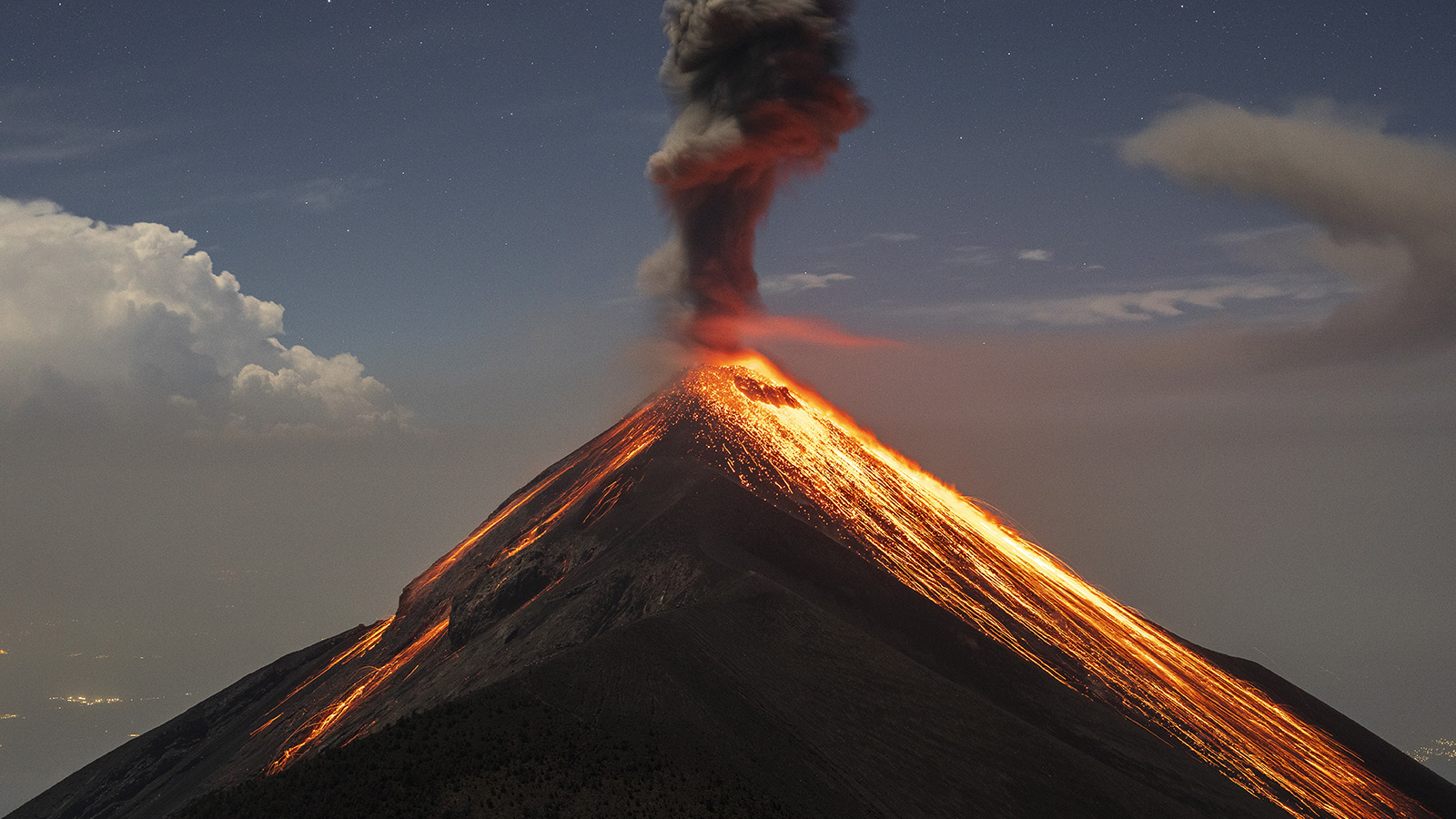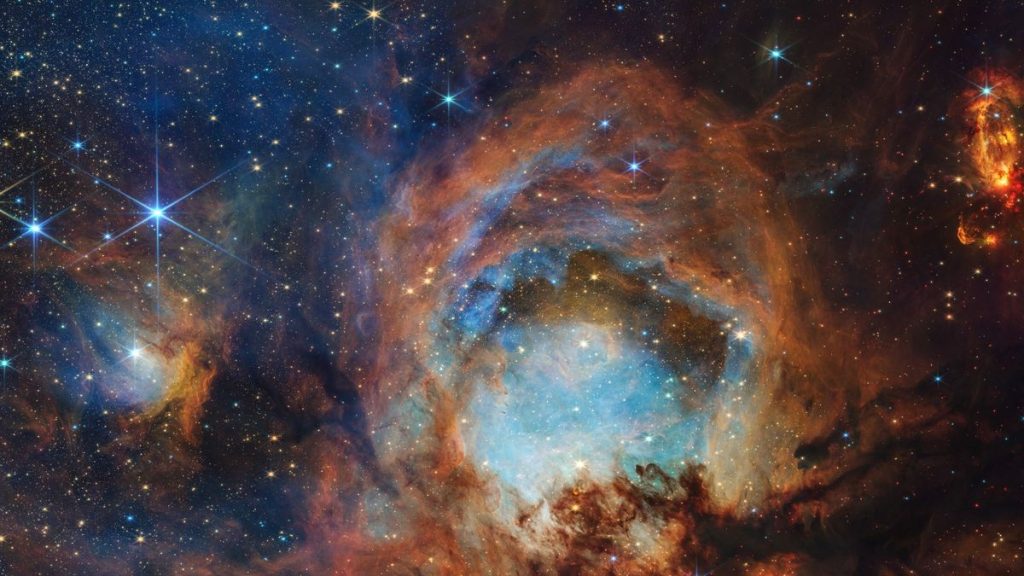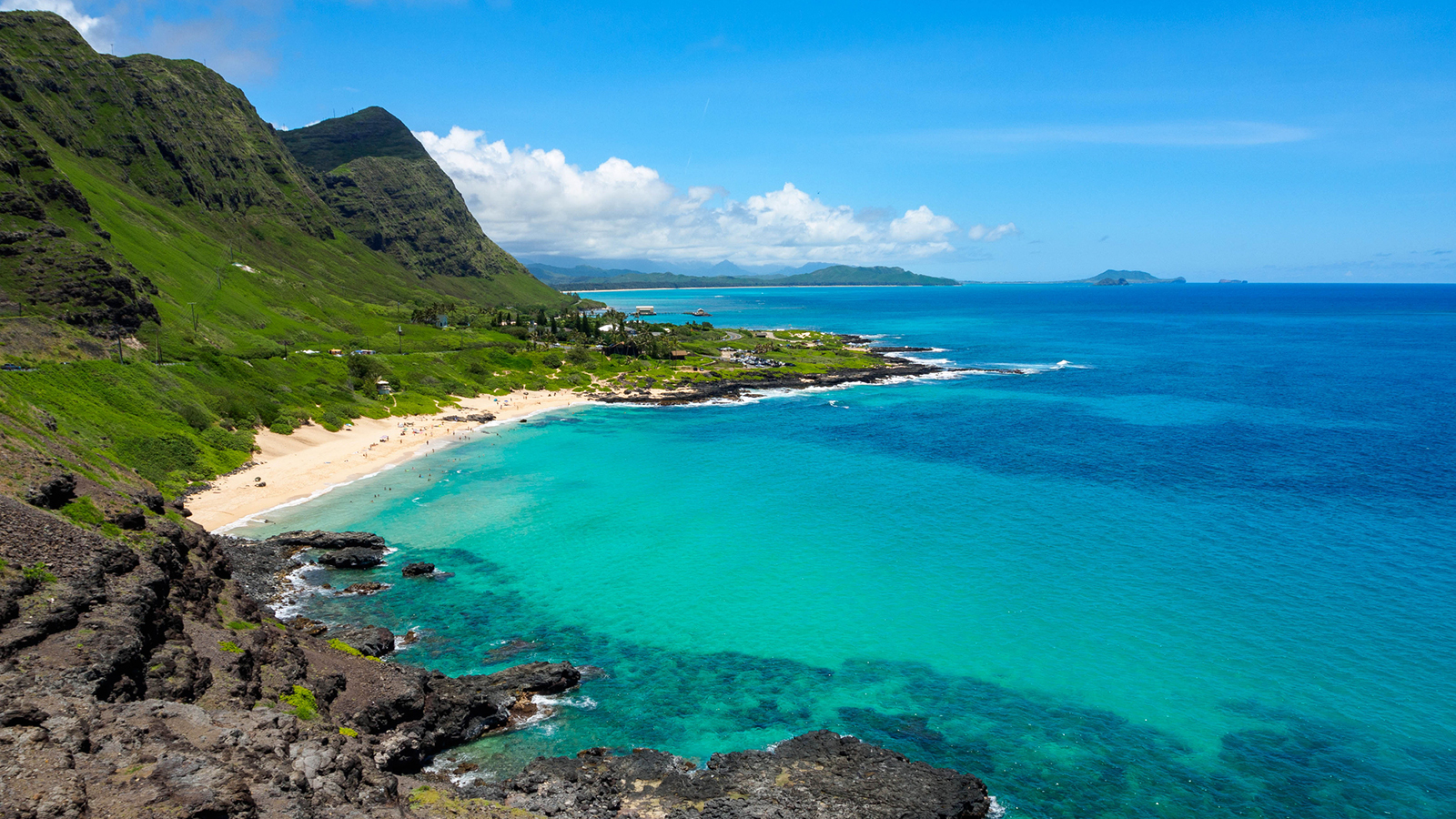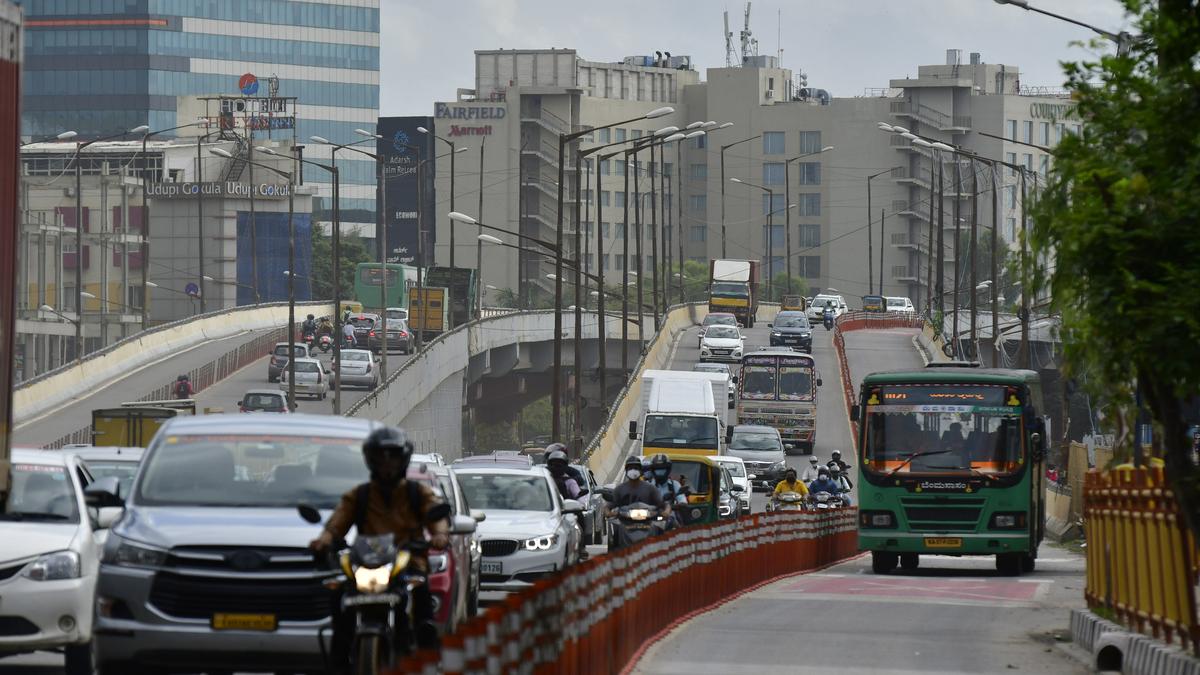Now Reading: World’s Deadliest Volcano and 9 Other Perilous Peaks
-
01
World’s Deadliest Volcano and 9 Other Perilous Peaks
World’s Deadliest Volcano and 9 Other Perilous Peaks

Rapid Summary:
- The article discusses the world’s most hazardous volcanoes, assessing factors such as eruption history, population density near sites, and global effects.
- Mount Vesuvius (Italy): Buried Pompeii in 79 C.E.; situated near Naples with millions living nearby; last eruption was in 1944; closely monitored for future activity.
- Mount St.Helens (U.S.): Erupted explosively in 1980; known for pyroclastic flows and ash clouds that caused critically important destruction and killed 57 people; classified as high-risk by USGS due to its history.
- mount merapi (Indonesia): Highly active volcano with frequent eruptions causing pyroclastic flows and lava threats; major eruption in 2010 resulted in hundreds of deaths given indonesia’s dense population.
Indian Opinion Analysis:
Volcanic hazards serve as a reminder of nature’s unpredictable potential impact on human settlements and infrastructure globally, including India. Although India’s tectonic profile does not feature extensive volcanic activity like mount Vesuvius or Mount Merapi, lessons from these regions underline the importance of monitoring seismic zones and creating disaster preparedness frameworks to safeguard lives against other natural disasters like earthquakes or tsunamis-especially given India’s own high-density population along coastal areas.
Global cooperation between nations on geosciences research also remains vital for mitigation strategies against natural calamities affecting densely populated areas such as those discussed here.
Read more at: [source URL]
Quick Summary
- mount Rainier in the USA is a glacier-capped volcano near Seattle and tacoma, posing risks of volcanic mudflows (lahars). It is indeed classified as a Decade Volcano for its high hazard level.
- Yellowstone Caldera,also in the USA,is a dormant supervolcano whose last eruption occurred 640,000 years ago. A future eruption could impact global climate and North America with volcanic ash.
- Mount Etna in sicily, Italy, is one of Europe’s most active volcanoes with consistent lava flows and ash emissions affecting agriculture and air traffic. Despite frequent activity,its eruptions are less explosive but impactful locally.
- Popocatépetl in Mexico is an active volcano located near Mexico City; frequent eruptions pose significant risks to millions due to proximity to urban areas.
- Cumbre Vieja on La Palma in Spain’s Canary Islands erupted recently in 2021, destroying homes and revealing potential dangers despite historically lower activity levels.
Indian opinion analysis
Volcanic hazards worldwide serve as reminders of nature’s potential disruptions that transcend national boundaries.While India lacks active volcanism within its mainland (except isolated Andaman region instances), studying these global cases remains imperative for preparedness against geological disasters. As a rapidly urbanizing nation facing varied environmental challenges including earthquakes or cyclones but minimal volcanic threats directly-India benefits from contributing scientific expertise internationally while refining domestic disaster policies thru comparative insight from nations like Japan or Mexico dealing with densely populated seismic zones embracing tech-integration contingency plans matchmaking scenarios appropriately aligned human casualty minimal targeting safeguarding wherein volatile intensity disruptive disaster evolving preparedness model strategic.life***.
Quick Summary
- Mount Pinatubo, Philippines:
– The 1991 eruption was the second-largest volcanic eruption of the 20th century.
– It expelled vast volumes of ash and gas, influencing global climate by lowering temperatures.
– Over 50,000 people were displaced due to the eruption’s impact.
- Novarupta Volcano, Alaska (U.S.):
– The largest volcanic eruption of the 20th century occurred in 1912.
– it led to the formation of the Valley of Ten Thousand Smokes and produced more magma than Mount St. Helens.
– Its remote location resulted in minimal human casualties but significant geological changes.
Image:
!Mount Pinatubo
Caption: Mount Pinatubo. Stocktrek / Getty Images
Indian Opinion Analysis
India has several volcanoes, such as Barren Island and Deccan traps. These international eruptions-Pinatubo and Novarupta-provide essential lessons on managing potential crises that could arise from similar natural disasters. The displacement caused by Pinatubo’s eruption highlights preparedness needs for densely populated regions like India should a catastrophic geological event occur.Additionally, while novarupta’s remote impact limits human casualties, its unparalleled scale stresses India’s need to focus on studying distant disasters for insight into large-scale geological phenomena with long-term environmental impacts.
Preparedness measures including evacuation plans and climate-change mitigation can safeguard vulnerable populations if india’s active or dormant volcanic zones ever reactivate.These examples spotlight global interconnectivity in addressing natural calamities effectively.



























